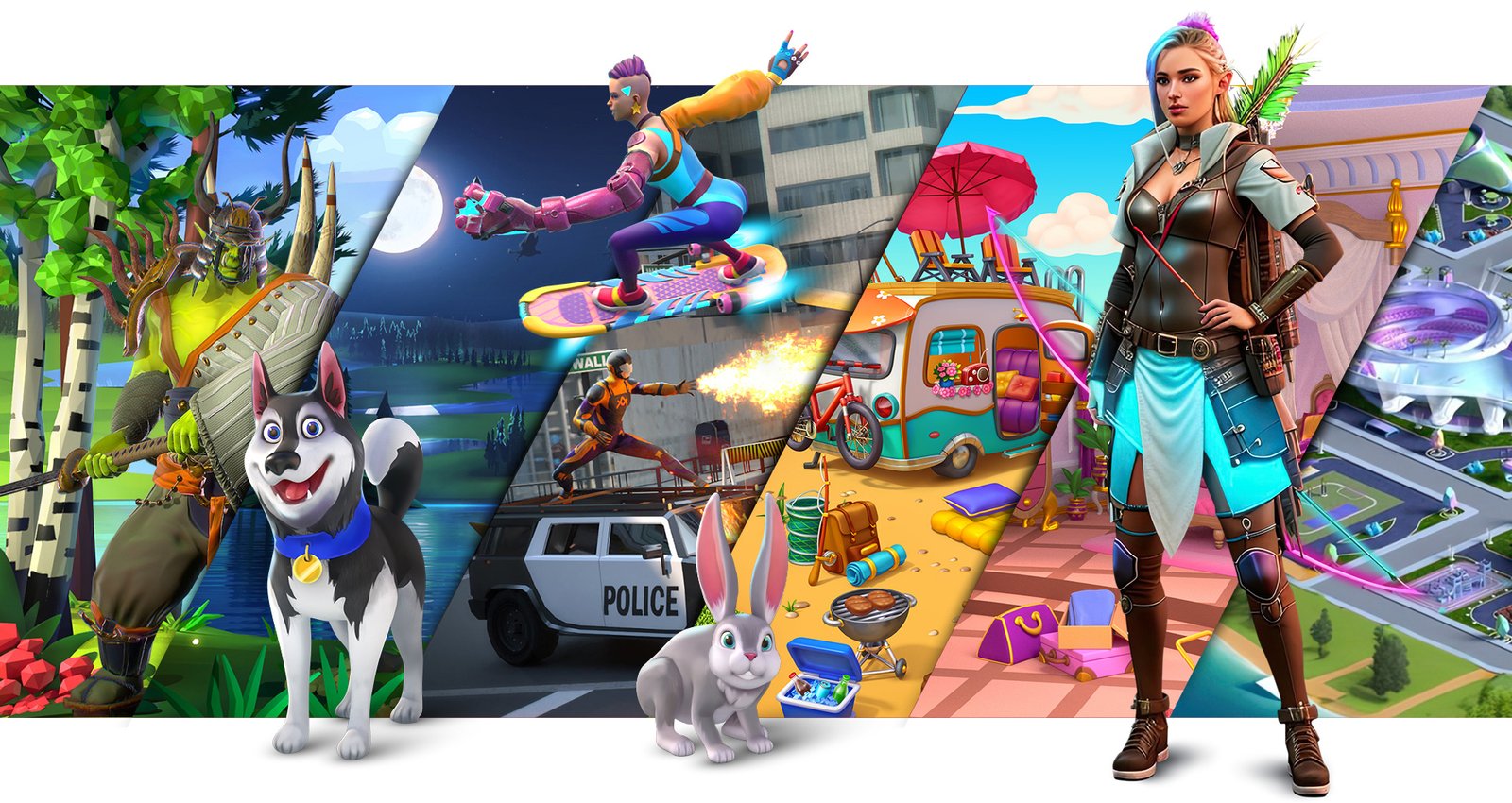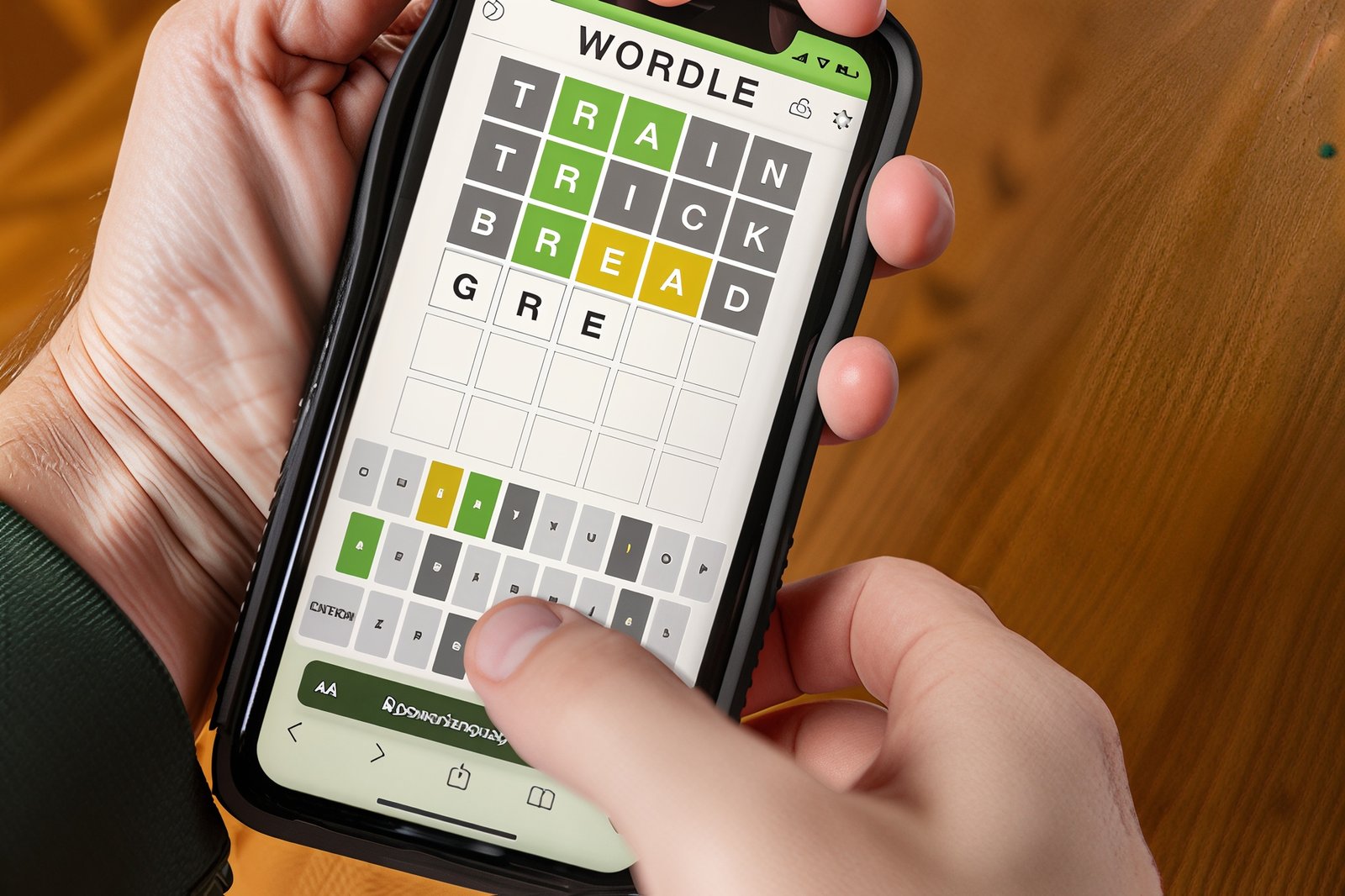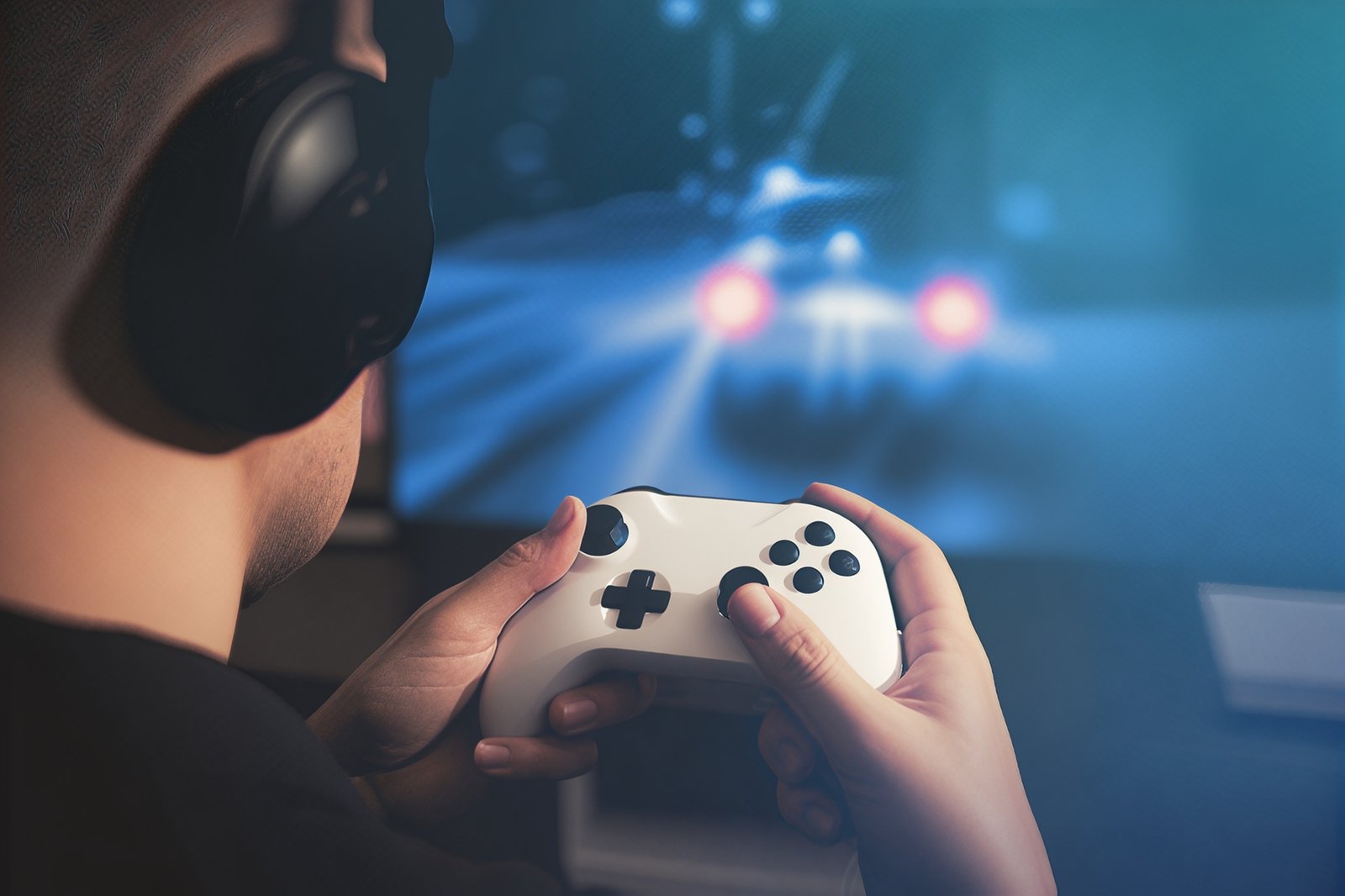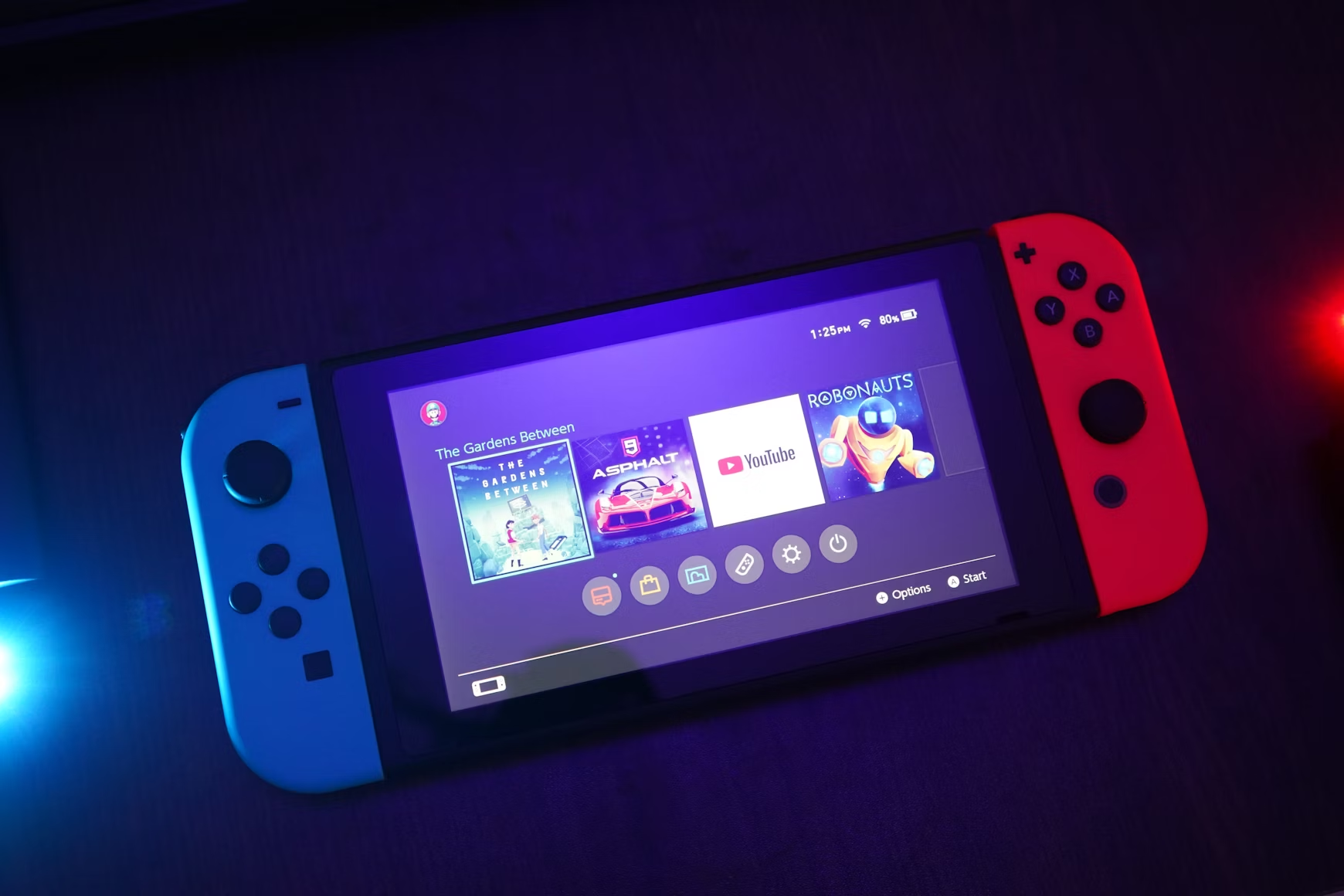For years, video games have been dominated by a trend toward photorealism. The big studios that created AAA projects strove for maximum detail: textures with micrometric resolution, lighting that mimics physics, characters with subtle implications of muscles and skin. But in recent years, we have seen a noticeable shift towards stylized 3D art to worlds that look not like photographs, but like carefully thought-out artistic images. Many 3D game art companies have embraced this transformation, experimenting with unique visual languages and handcrafted aesthetics. This transition from “realistic” to stylized makes sense not only aesthetically but also strategically, as it allows studios to create games with characters that attract players not only through technology but also through style.
Why stylized 3D art is gaining popularity
First, stylization allows you to stand out. When all the studios are fighting for “bigger, better, more real,” style can become the component that allows the player to instantly identify the work. A world with muted colors, characters with distinctive silhouettes, oversized lines or an artistic palette and all this creates recognition. Second, a stylized approach is better able to withstand time: realistic lighting or detailing can look outdated over the years, while an artistic style is better able to survive technological generations. Third, it gives freedom: a team of artists can work not “from a photo” but “from a concept”, creating worlds that cannot be captured with a camera, but that convey emotions, mood, and symbolism.
How studios are implementing stylized 3D art
When moving to stylized art, teams go through three important steps.
The first is defining the artistic concept: it is not just “we want a cartoon style”, but defining the main visual guidelines: the color palette, the level of detail, the proportions of the characters, the type of lighting. You need to decide whether the world is fairy-tale, or almost real, or completely fantasy.
The second is to create an adapted pipeline: models can have simplified geometry, textures can be artistic strokes or graphic patterns rather than phylogenetic minorities. Stylized art often allows the team to work faster, but at the same time requires a sense of style and strict control so that all elements look organic. The third is integration with gameplay and optimization: a stylized look is often easier to optimize on consoles or mobile than photogrammetry. But you need to make sure that the style does not negatively affect readability, so that the characters, scenes, and navigation are understandable.
When style becomes the voice of the game
Development studios now have a more conscious choice: they don’t just create a world, they create a character. For example, indie projects often use stylization precisely because their budget is limited, but instead of comparing to AAA, they strive to stand out with an artistic solution. A large studio can afford photometric lighting, but chooses stylization to emphasize the soul of the game, so that the player remembers not the textures, but the mood.
Companies that outsource 3D art are helping studios drive this trend. For example, the N‑iX Games team has numerous 3D models in its portfolio for various projects, and pays special attention to the artistic approach and style. That is, it is not just “we make models”, but “we help embody the visual identity”.
Advantages of a stylized approach
By focusing on style, studios gain several advantages. Firstly, it is recognizability, the player easily remembers that “this is the game with this style”. Secondly, it is a saving of resources: less time can be spent on realistic detailing, and more on an artistic proven concept. Thirdly, it is an opportunity to adapt changes faster: if the world is rethought, artists change colors, shapes, and style, so this can be less expensive than reworking photorealistic models. And, finally, it is creativity: style gives freedom of choice, allows you to be less “blind” to the real world and more to fantasy.
Challenges on the way to stylized 3D
However, the transition from photorealism to stylized art does not mean “just simplification”. There are its own difficulties here. Firstly, it is necessary to have a strong artistic ideological base, without it, stylization can look like “not realism, but not style either”. Second, there needs to be clear coordination between artists, technical team, and UI/UX designers, so every element of the world needs to be consistent with the style. Third, stylized art often impacts readability: in a game with a lot of action, characters, and objects need to be distinct; a very artistic style may not be practical. Finally, the tools and pipeline need to be adaptable. Otherwise, the team can spend as much time as on realistic art, but without the same benefits.
How Outsourced Studios Influence This Trend
When a studio chooses a partner to create 3D art, it is looking not just for an “external team”, but for an agent of style. Professional 3D game art firms help:
- define the artistic concept and form a unique style of the project;
- maintain stylistic integrity between all elements — characters, environment, UI and VFX;
- scale production, while maintaining the quality and clarity of the visual language;
- provide artistic control and bring quality to the final level.
Not only the technique is important, but also the artistic choice, each element of the game should be created with style in mind. In this way, external partners become catalysts for the transition to a more expressive, artistic approach.
When a team has limited internal resources, it can turn to such a partner and get the opportunity to create high-quality stylized content without the need to form a large internal art team. Large studios, in turn, use outsourcing to support a specific style (for example, cartoonish or retro-futuristic) while maintaining the scale of production.
Stylized 3D in the future
Looking ahead, we can predict that stylized 3D art will be even more important. With the development of procedural generation, AI tools, generative texturing and models that help artists create content faster, studios will have more freedom to experiment. But style will be what will distinguish a game from the sea of competitors. Plus, both Indie and AAA projects are increasingly looking not only at “how realistic” but also “how interesting and recognizable”. Stylized art provides the answers to these questions.
Also, given the multiplatform nature (mobile, PC, consoles, VR/AR), stylized content has the advantage of being more scalable, adaptable to different types of devices, and less dependent on the latest version of the graphics engine. This creates a win-win situation for teams that want to reach a wide audience.
Conclusion
The transition from photorealism to stylized 3D art is not just a change in aesthetics, it is a strategic choice. It allows you to create a game with character, establish a recognizable visual language, optimize the process and engage players in a way that is different from “reality”. Studios that think about style from the very beginning, rather than “photo imitation”, gain more freedom and creative space. And external partners specialized in 3D art play a huge role in this. The supplier company can become not just a technical executor, but an artistic ally who helps shape the style of the game. For example, the N-iX Games team already has experience producing large volumes of 3D models with a focus on artistic quality and maintaining stylistic integrity.
If you are a developer or artist in a game studio and are considering a transition to stylized art or are looking for a partner, look not only for technical skills, but also for artistic vision and the ability to support the style at scale. In a world where players have already seen “reality”, stylization becomes the new reality.





